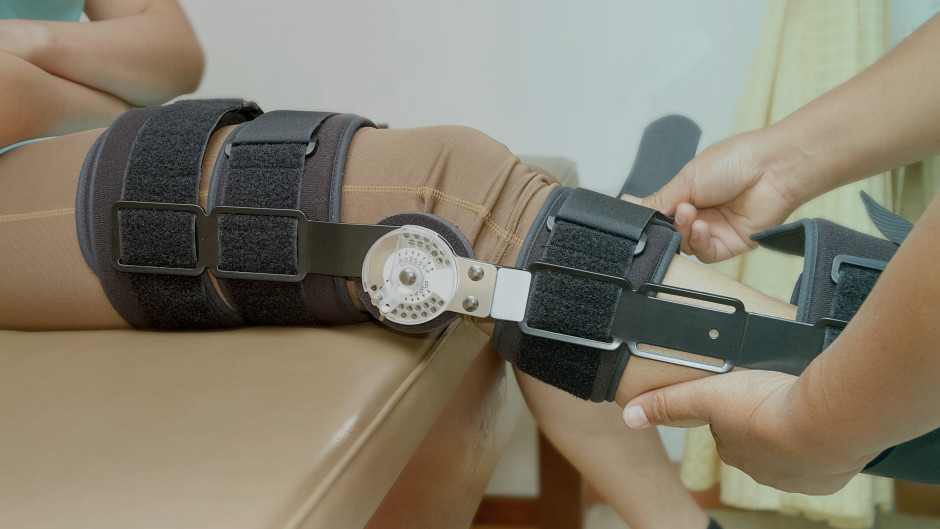ALL YOU NEED TO KNOW ABOUT MASSIVE IRREPARABLE ROTATOR CUFF TEARS
WHAT ARE MASSIVE IRREPARABLE ROTATOR CUFF TEARS?
A massive tear is a tear of two tendons or more of the rotator cuff, with complete tearing of at least one of the tendons, and that tear has retracted back as far as the humeral head. It is commonly found in the elderly population.
Are all massive tears irreparable?
Not all massive tears are irreparable, but because they are typically seen in elderly population with fragile tendon tissue, there is a high surgical repair failure rate. A systematic review by Henry et al. in 2015 demonstrated a re-tear rate of 78%.
How do patients with MIRCT present in clinic?
Patients with MIRCT usually come to the clinic with inability to raise the arm above shoulder height.
Check out this clip below to know more!
What are the radiological features of MIRCT?
There are several radiological ways of identifying which rotator cuff tears are irreparable.
The X-ray shows us the position of the head of the humerus, which in case of an MIRCT becomes superiorly migrated. The distance between the acromion and the top of the humerus confirms an irreparable rotator cuff tear.
MRIs shows the fatty infiltration of the muscle bellies of the rotator cuff tendons. The more fatty infiltration, the less repairable it is, and it can be classified by the Goutallier classification.
The amount that the tendon retracts is also a very good indication of whether the tendon is repairable surgically or not, and this can be seen in an MRI scan.
Check out the images below to know more!




Physical assessment of MIRCT patients
Physical assessment of MIRCT patients should focus more on activities important to the patient.
Check out the clips below to know more about the assessment of MIRCT!
What is the treatment approach for patients with MIRCT?
A flexion-based physiotherapy program consists of exercises that focus on shoulder flexion. The logic for this program implies that strengthening the anterior deltoid will compensate for the rotator cuff rupture and prevent the humerus from migrating superiorly.
Check out the clips below to know more about the exercises involved in the flexion based program.
SOURCES:
1. Lecture ‘Massive irreparable rotator cuff tears: What should we do clinically?’ by Eoin O' Conaire.



